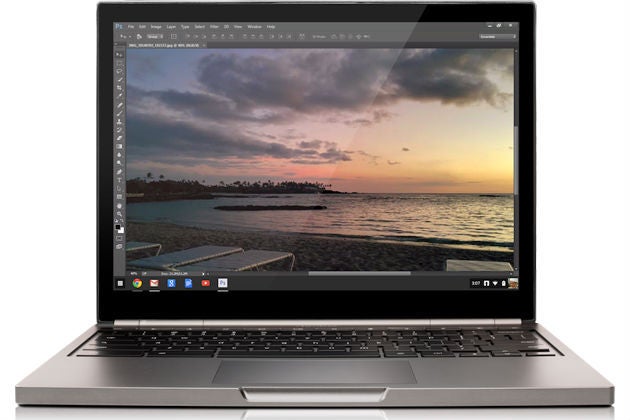Use Remote Desktop on your Windows, Android, or iOS device to connect to a Windows 10 PC from afar.
Reinstall Remote Desktop Services Windows 7
Remote Desktop Services supports RemoteFX vGPUs when VM is running as a Hyper-V guest on Windows Server 2012 R2 or Windows Server 2016. The following guest operating systems have RemoteFX vGPU support: Windows 7 SP1 Windows 8.1. Turn on Remote Desktop in Windows 7, 8, 10, or Vista Remote Desktop is disabled by default in Windows, but it’s easy enough to turn on if you want your PC to be remote control requests from the network. Remote Desktop allows you to take remote control over another networked PC. Windows 7 Starter, Home Basic and Home Premium can only use Remote Desktop to initiate connection but does not accept connections as this feature is only enabled in the Professional, Ultimate and Enterprise version. Here is a patcher to enable RDP on all versions of Win 7. Open the all users, specific users or groups, or all users except administrators Local Group Policy Editor for how you want this policy applied. In the left pane, click on to expand User Configuration, Administrative Templates, Windows Components, Remote Desktop Services, Remote Desktop Session Host, and Session Time Limits. Under Remote Desktop heading, Click the Middle bullet. This choice will allow both old versions of Remote Desktop (RDP) to connect to your Windows 7 machine including Windows XP etc.
Set up the PC you want to connect to so it allows remote connections:
Make sure you have Windows 10 Pro. To check, go to Start > Settings > System > About and look for Edition. For info on how to get it, go to Upgrade Windows 10 Home to Windows 10 Pro.
When you're ready, select Start > Settings > System > Remote Desktop, and turn on Enable Remote Desktop.
Make note of the name of this PC under How to connect to this PC. You'll need this later.
Use Remote Desktop to connect to the PC you set up:
On your local Windows 10 PC: In the search box on the taskbar, type Remote Desktop Connection, and then select Remote Desktop Connection. In Remote Desktop Connection, type the name of the PC you want to connect to (from Step 1), and then select Connect.
On your Windows, Android, or iOS device: Open the Remote Desktop app (available for free from Microsoft Store, Google Play, and the Mac App Store), and add the name of the PC that you want to connect to (from Step 1). Select the remote PC name that you added, and then wait for the connection to complete.
RemoteApp and Desktop Connection requires configuration on both the server and clientside. On the server side, you need a Windows Server 2008 R2 server that has the RemoteDesktop Services role installed together with the following role services:
- Remote Desktop Session Host
- Remote Desktop Web Access
- Remote Desktop Connection Broker
In addition, if you want users on client computers to also be able to connect to virtualmachines using RemoteApp and Desktop Connection, you must install the Remote DesktopVirtualization Host role service, which also requires installing the Hyper-V role to the server.
For guidance on configuring RemoteApp and Desktop Connection on the server side,refer to steps 1 and 2 in the 'Deploying RemoteApp Programs to the Start Menu byUsing RemoteApp and Desktop Connection Step-by-Step Guide' found athttp://technet.microsoft.com/en-us/library/dd772639.aspx. You will also need to import theSSL certificate for the Remote Desktop Web Access server to your client computers before theusers of these computers can use RemoteApp and Desktop Connection. For information onhow to import certificates, see step 3 of the above guide.
After you have configured your servers and have installed certificates on your clients, youcan configure RemoteApp and Desktop Connection on the client side by following these steps:
- Open RemoteApp and Desktop Connection from Control Panel.
- Click Set Up A New Connection With RemoteApp And Desktop Connections to launchthe New Connection wizard.
- Type the URL to the Remote Desktop Web Access server in the Connection URL box.
- Click Next to add connection resources for the RemoteApp And Desktop Connection(be sure to enter your credentials if prompted to do so). When the connection resourceshave been added, the details of the RemoteApp And Desktop Connection will be displayed.
- Click Finish to complete the wizard.
- To view all RemoteApp And Desktop Connections that have been added to the client,open RemoteApp And Desktop Connections again from Control Panel.
- You can now access your RemoteApp programs from the RemoteApp and DesktopConnections folder of your Start menu.
- You can even access them by searching for them using Start menu search.
- When you start a RemoteApp program, a balloon notification above the system trayicon indicates that a RemoteApp program is being used.

Administrators can create a RemoteApp and Desktop Connection client configuration filewcx) and distribute it to users so they can automatically configure the RemoteApp and DesktopConnection. Administrators can also use scripts to run the client configuration file silentlyon the client so that the RemoteApp and Desktop Connection is set up automatically whenthe user logs on to her Windows 7 computer.
Activate Remote Desktop Windows 7
To create a .wcx configuration file, follow these steps:
- Open Remote Desktop Connection Manager on your Remote Desktop Connection Broker server.
- Right-click on the root node in the console tree and select Create Configuration File.
- In the Create Configuration File dialog box, type the URL to the Remote Desktop WebAccess server in the RAD Connection Feed URL box.
- Click Save, then distribute the configuration file to users as e-mail attachments, byplacing them on a network share, or by using scripts.
For more information on RemoteApp and Desktop Connection, see the RemoteDesktop Services section of Microsoft TechNet at http://technet.microsoft.com/en-us/library/cc770412.aspx.
Install Remote Desktop Services Windows 7
In this tutorial:

